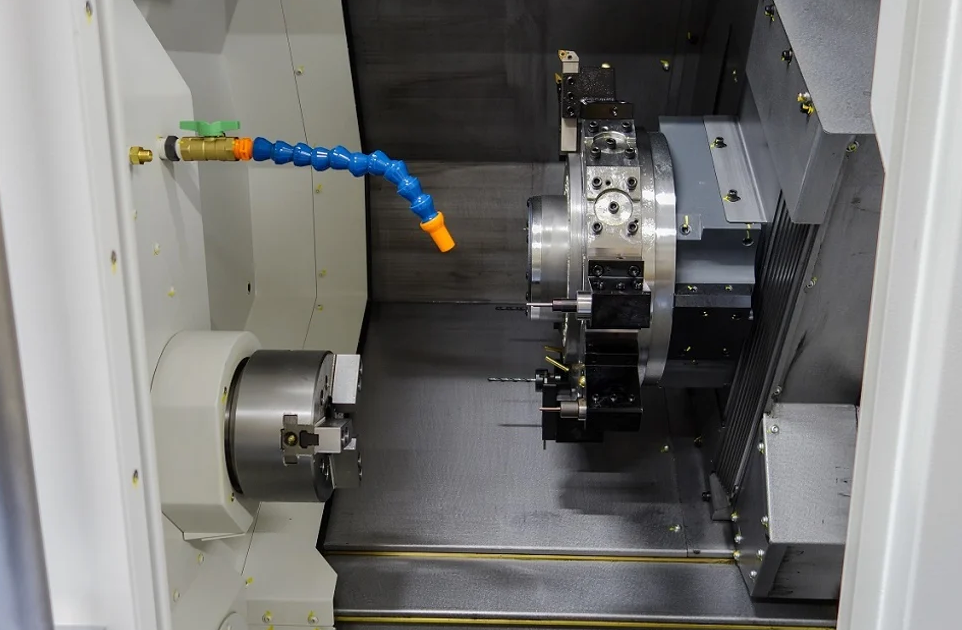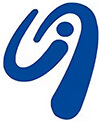CNC turning is one of the most widely used machining processes for producing cylindrical parts with high precision and repeatability. Central to the effectiveness of this process are the turning tools—specialized cutting instruments designed to shape, finish, and refine a rotating workpiece. Choosing the right turning tools and understanding their specific functions are critical for achieving dimensional accuracy, optimal surface finish, and production efficiency.
This article provides a clear overview of the main categories of CNC turning tools, their roles in the machining process, and key considerations for selecting and applying them in real-world manufacturing.
What Is CNC Turning?

CNC (Computer Numerical Control) turning is a subtractive machining process in which a cutting tool removes material from a rotating workpiece. The process is primarily used to create components with circular cross-sections, such as shafts, bushings, fasteners, and housings.
In CNC lathes or turning centers, the workpiece rotates while the cutting tool remains stationary (along the X and Z axes), engaging the material to produce precise diameters, grooves, threads, or contours.
To perform these operations, a wide variety of cutting tools are used—each with a unique shape, geometry, and cutting purpose.
Main Types of CNC Turning Tools and Their Functions
1. Turning Tool (External Roughing and Finishing)
These are the most basic tools used in CNC turning. They remove material from the outer diameter of the workpiece.
- Roughing tools are designed for heavy cuts and rapid material removal. They typically have strong, durable edges and can handle higher feed rates.
- Finishing tools are used for lighter passes to improve surface finish and achieve tight dimensional tolerances.
Applications: Reducing outer diameter, shaping profiles, achieving final dimensions.
2. Facing Tool
Facing tools are used to machine the end of the workpiece, creating a flat, smooth surface perpendicular to its axis.
- Usually mounted horizontally, facing tools move along the X-axis toward the workpiece center.
- They may be used in both roughing and finishing passes.
Applications: Creating flat faces, preparing the part for secondary operations, ensuring squareness.
3. Boring Bar (Internal Turning Tool)
Boring tools enlarge or finish internal cylindrical surfaces. Mounted on boring bars, these tools extend into pre-drilled holes and remove material from the inside.
- Internal turning requires precise tool alignment to avoid vibration and chatter.
- Deep-hole boring requires high-rigidity boring bars and coolant-through setups.
Applications: Inner diameter machining, preparing bores for threading, refining surface finish inside cavities.
4. Grooving Tool
Grooving tools are used to cut narrow recesses either on the outside diameter or inside bores.
- External grooving tools cut on the OD; internal grooving tools cut inside holes.
- The insert has a narrow, rectangular cross-section for consistent groove width.
Applications: Snap ring grooves, sealing ring channels, undercuts for threading relief.
5. Parting Tool (Cut-off Tool)
Parting tools are used to separate the finished part from the raw stock or bar material.
- They make narrow, straight cuts along the radial direction.
- These tools require precise feed and speed settings to avoid tool breakage due to thin geometry.
Applications: Final cut-off operation, creating separate components from a bar.
6. Threading Tool
Threading tools are designed to create external or internal threads on the workpiece.
- Inserts are shaped to match thread geometry (e.g., metric, UNC, trapezoidal).
- Threading requires synchronized feed movement along the Z-axis to maintain pitch accuracy.
Applications: Threaded shafts, nuts, fasteners, and thread relief grooves.
7. Profiling Tool
Profiling tools allow the cutting of complex curves or contoured shapes on the outer surface of the part.
- These tools typically have a rounded or angled tip.
- Used for aesthetic or aerodynamic surfaces, as well as ergonomic contours.
Applications: Custom shaft geometries, rounded transitions, design-specific features.
Material and Insert Types
Most CNC turning tools use indexable carbide inserts, which are clamped into a toolholder and can be replaced when worn without resetting the entire tool.
Common insert materials include:
- Carbide (standard, coated): Offers high wear resistance and long tool life.
- Ceramics: Best for high-speed finishing in hard materials.
- CBN (Cubic Boron Nitride): Used for hardened steel and high-hardness applications.
- PCD (Polycrystalline Diamond): Ideal for non-ferrous metals and plastics.
Each insert is defined by:
- Shape (e.g., triangular, round, diamond)
- Nose radius
- Cutting edge geometry
- Chipbreaker style
Tool Selection Considerations
When choosing CNC turning tools, consider the following:
- Material of the workpiece: Different materials require different insert grades and geometries.
- Part geometry: Deep bores, tight radii, and shoulders may need specialized tools.
- Required tolerance and surface finish: High-precision parts may require separate roughing and finishing tools.
- Machine capability: Tool rigidity, spindle speed, and coolant options influence the choice.
- Production volume: For high-volume runs, tool life and indexability become more critical.
Conclusion
CNC turning tools are the backbone of precision lathe operations. Each tool—whether used for turning, grooving, threading, or boring—has a distinct function that directly affects machining quality, cycle time, and production cost. Understanding their roles, capabilities, and selection criteria enables machinists and engineers to build more efficient, accurate, and reliable turning processes.
By choosing the right tools for the job and optimizing toolpaths and parameters accordingly, manufacturers can enhance productivity, reduce scrap, and deliver components that meet the most demanding industry standards.



